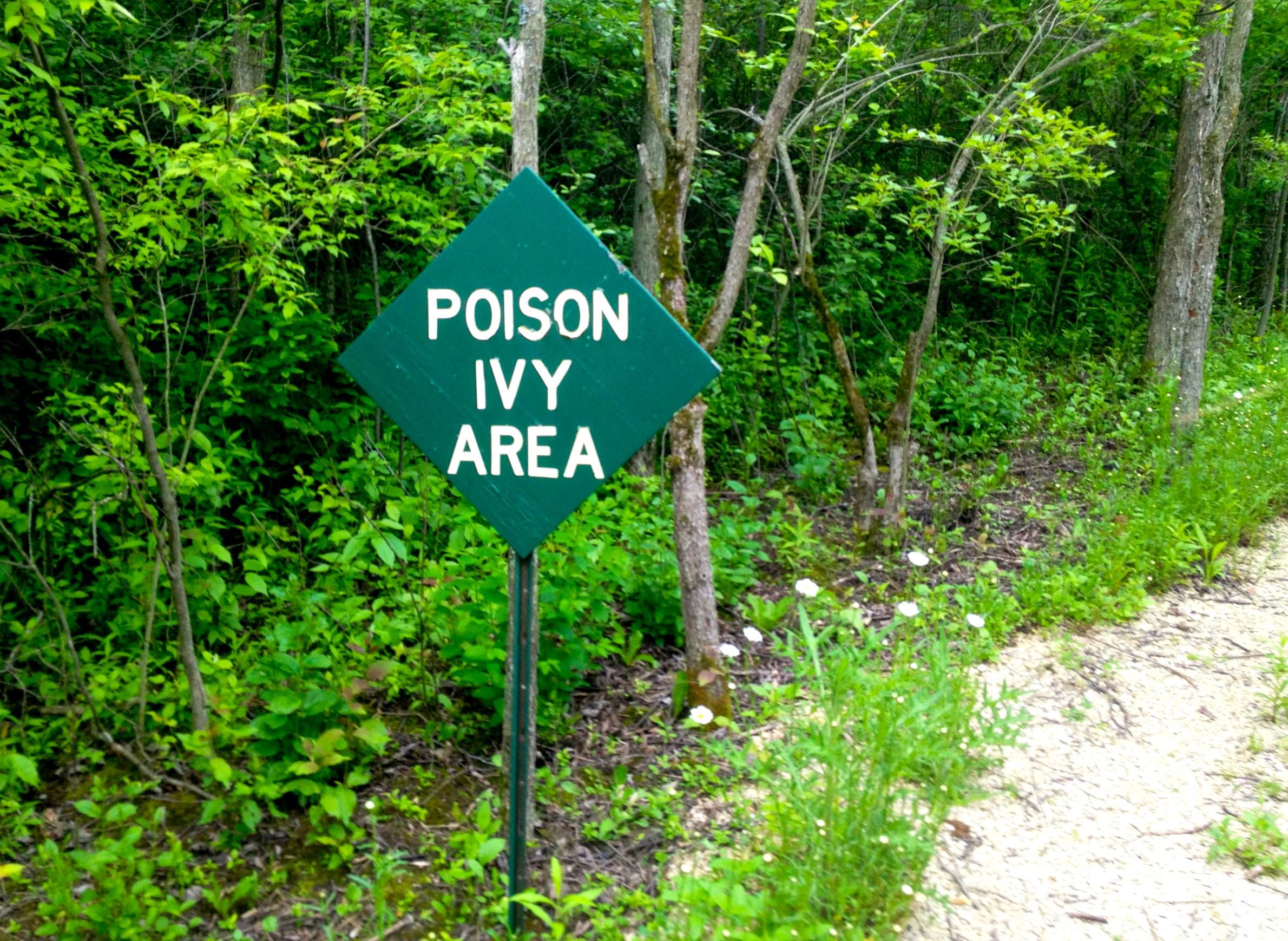
Poison ivy can often be found growing along roadsides and fences.

Poison ivy can often be found growing along roadsides and fences.
Summer is a great time to explore Wisconsin's abundant outdoors, but camping, biking or hiking can lead to encounters with poisonous plants that cause skin irritation and injuries when touched. Knowing these types of plants can help with avoiding them, minimizing the level of damage following exposure and taking other necessary precautions. Here are five common poisonous plants that should not be touched.
Cow parsnip (Heracleum lanatum): Mostly found in moist or low lying areas and reaching 4-9 feet tall, cow parsnip has distinct large compound leaves that look like a giant maple leaf with three deep segments. Its leaf stalk and main stem is hollow, grooved and covered with fine hairs. Its white, flat flower head looks like giant Queen Anne's lace flowers and blooms from June until August. The plant's sap, hairy stem and leaf stalk contain a skin irritating compound known as furocoumarin, which causes a phytophotodermatitis reaction under sunlight. Symptoms include mild rash to blisters or severe dermatitis.
Wild parsnip (Pastinaca sativa): This plant is widespread along road sides, among prairies and in disturbed landscapes, mostly in sunny areas. Wild parsnip is an invasive species, has a biennial life cycle and spreads by seeds. Its leaves look similar to those of celery plants, and have 5-15 sharp toothed leaflets. The plant’s stem is smooth and deeply ridged, and it has a distinct yellow, flat flower head that blooms from mid-June to July. Its sap contains psoralen, which causes severe rashes, blisters and discoloration on the skin, especially when the affected area is exposed to sunlight.
Poison ivy (Toxicodendron rydbergii): A well-known native plant, poison ivy grows as an erect woody shrub or as a vine. It has distinct compound leaves with three leaflets, with the middle segment slightly larger in size. However, there are many variations of the appearance and texture of these leaflets: shiny or dull, tooth-like or wavy edges hairy or smooth. Poison ivy is commonly found in pastures and damp forests, and along roadsides and fences. Its sap contains a resinous oil called urushiol that causes inflammation, itching, rash and blisters on the skin.
Stinging nettle (Urtica dioica): This is a native plant that grows in full sun and damp fertile soil, and can be found along fence rows. It has a distinct square stem with tiny stinging hairs along its surface. Its oval shaped leaves have opposite orientations, saw-toothed and have stinging hairs on the lower surface of the blade. Stinging nettle can grow 2-7 feet tall and produces greenish yellow flowers in clusters from June to September. Its stinging hair acts as a hypodermic needle, injecting toxins that cause localized pain followed by reddish swelling, prolonged itching and numbness.
Wood nettle (Laportea canadensis): Commonly found on the forest floor, stream banks and other moist areas, wood nettle grows in mass and can reach about 2-4 feet tall. Its leaves are oval-shaped and coarsely toothed, and young leaves can be hairy. However, the leaf orientation is a bit bizarre, with the uppermost leaves facing opposite directions, and the rest of its leaves (lower to middle) in alternating positions. The leaf stalk is abundant with stinging hairs, and its underside along the mid-vein has stinging hairs that transfer toxins, causing an itchy rash.
More information about how to identify and avoid poisonous plants is available in University of Wisconsin-Extension guide about outdoor hazards in the state.
Vijai Pandian is a horticultural agent and educator for the University of Wisconsin-Extension Brown County. This article is adapted from an item originally published by the Green Bay Press Gazette.